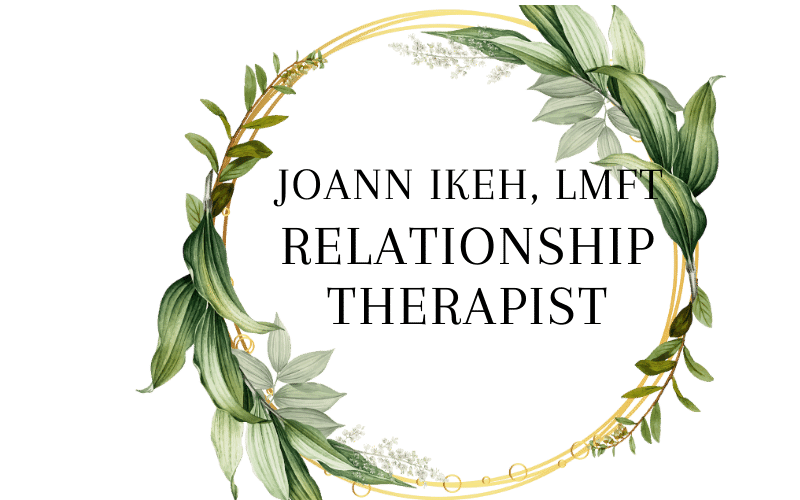How to Recognize Your Unhealthy Relationship Patterns—and Change Them
Why Patterns Matter More Than Moments
We often think conflicts in relationships are about isolated incidents: a fight over money, a snide comment, or a forgotten date.
But in reality, it’s patterns, not moments, that shape the health of a relationship.
A pattern is a repeated cycle — often unconscious — that triggers defensiveness, blame, or withdrawal. Recognizing these patterns is the first step toward real change. Relational Life Therapy (RLT) teaches that awareness is where healing begins.
Common Unhealthy Patterns
Some patterns appear more frequently than others:
Pursuer–distancer cycle: One partner seeks closeness while the other pulls away.
Criticism and defensiveness: One partner critiques, the other shuts down or fights back.
Silent treatment: Avoiding conflict instead of addressing it.
Replaying old hurts: Past conflicts echo in new disagreements.
Notice: these patterns are rarely about being “bad people.” They’re survival strategies that made sense at some point but no longer serve your connection.
Spotting Your Personal Triggers
RLT emphasizes personal accountability. Start by asking:
Which moments in our conflicts spark intense reactions in me?
How often do I repeat the same response?
Am I projecting past experiences onto current situations?
Recognizing your triggers helps you interrupt automatic reactions before they escalate. Awareness is not blame; it’s empowerment.
Take Responsibility Without Self-Shaming
Once you identify your role in a pattern, take ownership. For example:
Instead of: “I’m always the problem.”
Try: “I notice I withdraw when I feel criticized. I want to handle this differently.”
Accountability in RLT is about growth, not guilt. It’s about understanding how your behaviors contribute to the dynamic and choosing a healthier response.
Communicate the Pattern to Your Partner
Awareness is most powerful when shared safely.
Use neutral language:
“I notice that when we argue about chores, I tend to shut down. I’d like to try something different next time.”
“I realize I get defensive when I feel unheard. Can we work on pausing and listening to each other?”
This invites collaboration instead of blame. It transforms conflict into an opportunity for repair.
Repair the Cycle
Patterns can feel entrenched, but change is possible. RLT focuses on small, consistent acts of repair:
Acknowledge the moment: Name what just happened without judgment.
Express your needs: Share what you need in that moment to feel safe and heard.
Invite collaboration: Ask, “How can we approach this differently next time?”
Even tiny interventions break cycles over time and build trust.
Practice Self-Compassion
Changing relationship patterns is hard work. You will slip up. Your partner will too.
RLT reminds us: perfection isn’t the goal; connection is.
Celebrate progress: even noticing a pattern or choosing to pause before reacting is a victory.
Moving From Patterns to Partnership
When couples recognize and interrupt unhealthy cycles, the relationship shifts from reactive to intentional.
You stop living in autopilot and start creating a space where both partners feel safe, heard, and valued.
Remember: relationships are mirrors. Patterns reflect not only challenges but opportunities for growth. Your willingness to notice, own, and repair is what transforms recurring conflict into deeper intimacy.
Ready to Build Healthier Relationships?
If you and your partner are struggling to break unhealthy cycles; you don’t have to navigate it alone.
At Online Couple Counseling, I help partners foster curiosity, strengthen communication, and practice relationship accountability that fosters understanding, long-term connection and trust.
📞 Book a free 15-minute consultation today
🌐 Visit onlinecouplecounseling.com
📩 Or email me at joannikeh@joannikeh.com
Let’s work together to break unhealthy patterns and build lasting emotional wellness.
Want some tips on Stopping blaming and building connection or How to Stop the Blame Game then click titles for additional articles.



